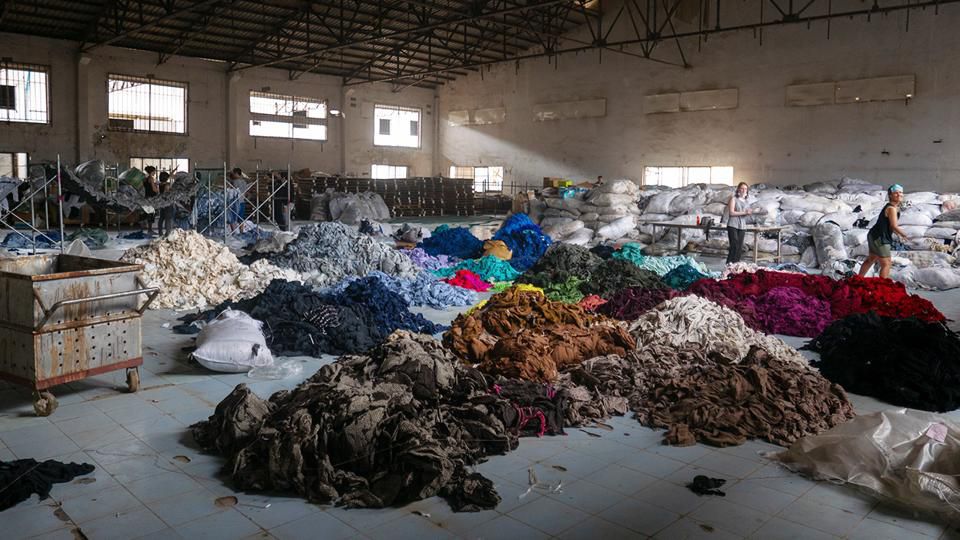
Can Fabric Waste Become Fashions Resource?
Fashion & The Environment
COVID-19 has broken fashion’s supply chain. As a result, an already wasteful industry has become more wasteful.
Even before the pandemic, the global apparel industry was producing about 92 million tons of textile waste a year. That’s about one garbage truck’s worth of fabric waste getting landfilled or burned every second, according to a 2017 report by the Ellen MacArthur Foundation.
COVID-19 has made things worse. The industry is notorious for its long lead times, high volumes, and lowest cost sourcing. According to John Thorbeck, chairman of Chainge Capital and former CEO of GH Bass & Co (part of PVH), and Rockport (an Adidas subsidiary), “a full design and delivery cycle is easily 12 months,” and factory orders are usually placed five months in advance.
When the pandemic hit, brands had already put in their overestimated fabric orders. While brands such as Adidas and Zara decided to pay fully for these commitments despite financial losses, others, including American Eagle Outfitters, hav refused to pay. That potentially cost textile workers an estimated $1.6 billion in wages over three months in 2020, according to the Worker Rights Consortium and the Center for Global Workers’ Rights (pdf) at Pennsylvania State University.
This lack of accountability leads not just to waste, but also to severe inequality between buyers and suppliers. While brands are often headquartered in Europe or the United States, suppliers, including textile workers, often reside in developing countries, such as Brazil and Bangladesh. In Bangladesh, up to 80 percent of garment workers are women working in junior, low-paying positions. Fashion’s supply chain breakdown means that these women are losing their pay in the middle of a pandemic, with procured textiles that have lost their value.
Fabric waste is rampant across the supply chain. Cheap, low-quality clothing fueled by demand for “fast fashion” has made what we wear disposable. Luxury brands must maintain an image of scarcity and exclusivity while still committing to bulk fabric orders, leading to an accumulation of unused material.
Most of the time, we picture fabric waste as consumers’ discarded clothing or scrap fabrics. However, perfectly good rolls of unused fabric comprise a significant portion of the waste.
According to FabScrap, the nonprofit fabric up-cycler, “for every pound [of clothing fabric] that we throw away as a consumer, a business throws away 40 pounds.” About 60 percent of discarded fabric includes rolls that companies could easily repurpose to make clothing. In fact, while textile scraps can be shredded into insulation or stuffing material, rolls of unused fabric sit idle, contributing to inventory cost, lost opportunity, and waste.
